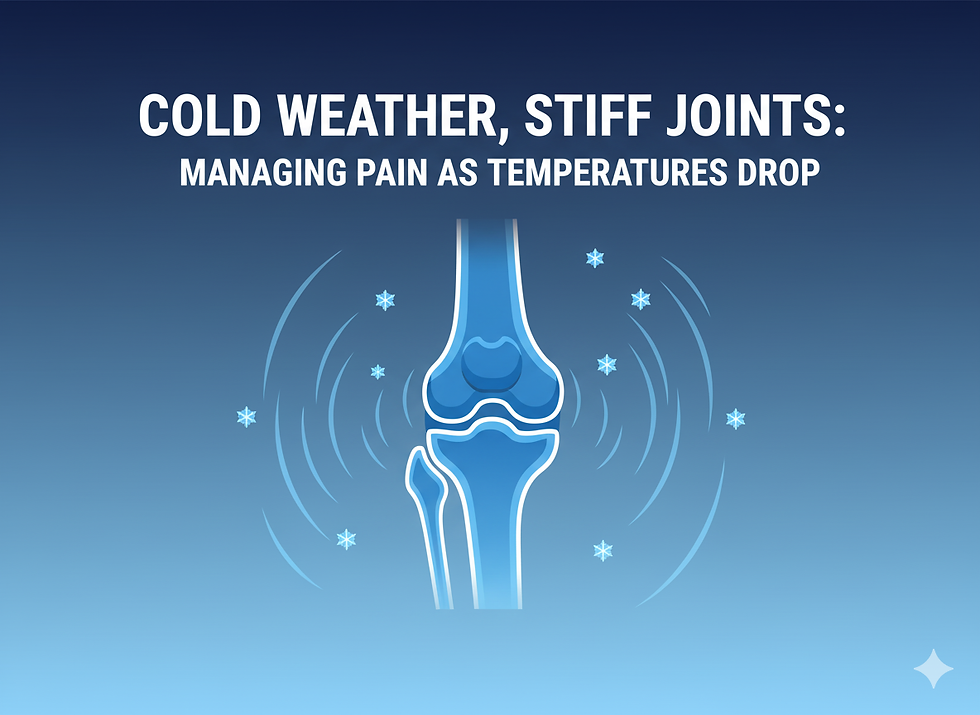Choosing the Right Backpack: A Physiotherapist's Guide to Protecting Your Child's Health
- Najeeb Ahmadi

- Aug 3, 2023
- 2 min read
Updated: Jan 18, 2024
Back-to-school shopping has begun but what should parents consider when purchasing a backpack for their children? Below are a few points to consider to protect a child’s developing muscles and bones:
Size - a child’s backpack should not be longer than their torso. If it’s longer than it causes them to lean forward, putting more tension on their neck and back muscles.
Material - try to find a lightweight pack so the pack itself is not contributing to the large amount of weight being carried.
Shoulder straps - two thick shoulder straps. This will decrease pressure points on the child’s neck and shoulder area.
A waist belt helps spread the weight across the child’s body.
So, you have found the perfect backpack now follow the below points to educate your child on how to use their backpack:
It is recommended a child only carry a load of 10-25% of their body weight. Recent studies showed a weight more than 10% of their body weight did not increase the risk of pain or injury however it did correlate with increased fatigue. When a child has a heavier backpack, the load moves their center of gravity back causing the child to have to lean forward when walking and increases tension in back and neck muscles. It also decreases lung volume capacity. So those who have underlying breathing issues may want to minimize their load to ensure maximal lung capacity use.
Tighten the shoulder straps - this keeps the load close to the child’s center mass which decreases pressure and load on the spinal column.
Educate your child to use their desk and locker (if available). Only bring home what is needed for that night.
Happy shopping and good luck with the back-to-school routine in September!
Lindsey Haussler - Registered Physiotherapist




